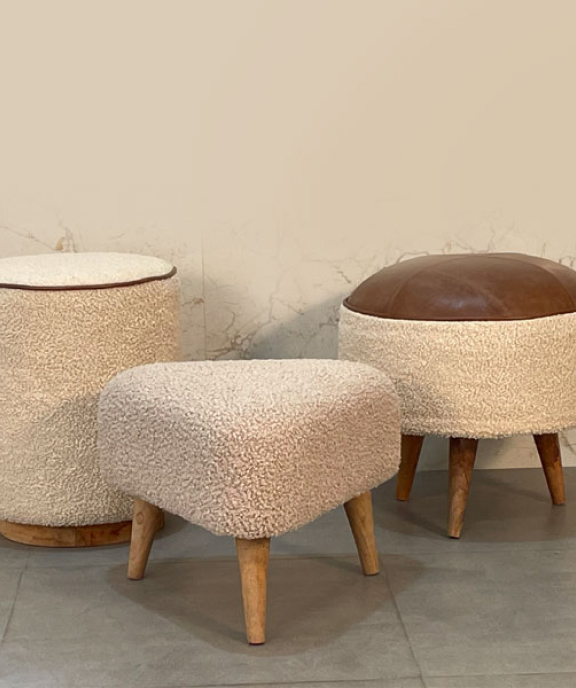Crafting eco-friendly wooden furniture involves sourcing reclaimed wood, choosing non-toxic finishes, and embracing natural imperfections. Salvage wood from old structures to reduce waste and add historical charm. Use natural oils as non-toxic finishes for a safer living environment. Celebrate imperfections to enhance aesthetics and uniqueness.
Implement eco-friendly wood treatments and processes to support sustainability. Incorporate minimalist styles for function and sustainability. Consider the environmental impact of furniture production, with wood storing carbon and promoting responsible forest practices. These steps create environmentally friendly pieces with a positive footprint.
Sourcing Reclaimed Wood for Furniture
In sourcing reclaimed wood for furniture, we prioritize sustainability by salvaging materials from old buildings, barns, or warehouses. Through salvage techniques, we repurpose these old wood materials, reducing waste and uncovering pieces with historical significance. Each plank carries a unique story, adding charm and vintage aesthetics to the furniture we create.
Our commitment to sustainable sourcing aligns with our environmental preservation goals. Opting for reclaimed wood over newly harvested timber aids in combating deforestation and promoting eco-friendly practices in furniture production. This choice benefits the planet and yields well-crafted pieces that endure over time.
Integrating reclaimed wood into our furniture designs provides customers with a sustainable and stylish option for their homes. The historical significance and character of reclaimed wood infuse each piece with a narrative, transforming it into more than just furniture but a piece of art with a rich background.
Non-Toxic Finishes for Sustainability
In furniture production, prioritizing non-toxic finishes such as natural oils, waxes, and water-based paints with low VOC levels enhances sustainability. Sustainable coatings and eco-friendly options benefit the environment and indoor air quality. Choosing non-toxic finishes reduces harmful emissions and promotes a safer living environment. These options offer health benefits by eliminating hazardous chemicals found in traditional furniture coatings that contribute to indoor air pollution.
Opting for non-toxic coatings is a sustainable choice for wooden furniture, aligning with eco-conscious practices. Embracing non-toxic finishes supports personal health and ensures environmentally responsible furniture choices. Making the switch to non-toxic finishes is a positive step towards creating sustainable wooden furniture that enhances living spaces and well-being.
Embracing Natural Imperfections in Design
Embracing natural imperfections in wooden furniture design enhances authenticity and charm. Highlighting unique textures, grains, and colors adds character and creates an organic look.
The incorporation of natural blemishes showcases the wood's origins and enhances its aesthetic appeal, promoting sustainability by utilizing the wood's natural form without alterations. This approach contributes to a warm and inviting atmosphere, fostering a connection to nature.
Celebrating imperfections in design enhances aesthetics and represents the material's beauty, making each piece truly unique. Embracing imperfections tells a story of the wood's journey, creating environmentally conscious and visually stunning pieces.
Eco-Friendly Wood Treatments and Processes
Implementing environmentally friendly wood treatments and processes is essential for sustainable and healthy wooden furniture production.
When preserving and enhancing wooden furniture, choose natural oils and waxes as eco-friendly wood finishes to avoid harmful chemicals.
Opt for water-based paints for staining wooden furniture to reduce indoor air pollution.
Use low-VOC coatings to minimize emissions and support environmentally conscious furniture choices.
Opting for eco-friendly wood treatments promotes a healthier indoor environment and aligns with sustainable living practices.
Incorporating Eco-Conscious Design Elements
Incorporating reclaimed wood and non-toxic finishes into furniture designs enhances sustainability and indoor air quality. Using eco-friendly stains and finishes like natural oils and water-based paints decreases environmental impact and ensures a healthier living space.
Choosing sustainable design aesthetics, such as minimalist designs that prioritize functionality and avoid clutter, creates stylish and environmentally conscious furniture. Opting for wood from sustainable sources, like FSC-certified hardwoods, supports responsible forest practices and preserves natural resources.
Embracing these eco-conscious design elements in furniture selection promotes a green and sustainable living environment. Focusing on these principles helps create beautiful pieces that enhance space aesthetics and positively contribute to the planet and indoor air quality.
Environmental Impact Considerations in Production
In sustainable wooden furniture production, carbon dioxide is stored in the wood, reducing the carbon footprint. Sustainable sourcing of wood ensures forests are managed responsibly, preserving habitats and supporting ecosystem health.
Wood's carbon storage capability helps lock away carbon dioxide, a major greenhouse gas, mitigating climate change. Choosing reclaimed or recycled wood for furniture production minimizes deforestation, decreases demand for new wood, and promotes a circular economy, reducing environmental impact.
Frequently Asked Questions
How Can I Make My Furniture More Eco-Friendly?
Our furniture is made eco-friendly by sourcing sustainable materials such as bamboo and reclaimed wood. We use non-toxic coatings, natural oils, and water-based paints to enhance the pieces and reduce environmental impact.
How Can We Make Wood Environmentally Friendly?
To ensure wood is environmentally friendly, prioritize sourcing from sustainable forests and using eco-friendly finishes. Opt for materials like bamboo and FSC-certified hardwoods, and apply non-toxic coatings to minimize environmental impact.
Is Wood Furniture Environmentally Friendly?
Wood furniture can be environmentally friendly through sustainable sourcing and green manufacturing practices. Choosing responsibly sourced wood and eco-friendly production methods can contribute to a greener future. These practices support environmental sustainability.
What Is the Most Eco-Friendly Wood?
Bamboo is considered highly eco-friendly due to its rapid growth and minimal environmental impact. Hardwoods like oak and maple that are FSC-certified ensure sustainable sourcing and responsible forest management, leading to a reduced carbon footprint.


